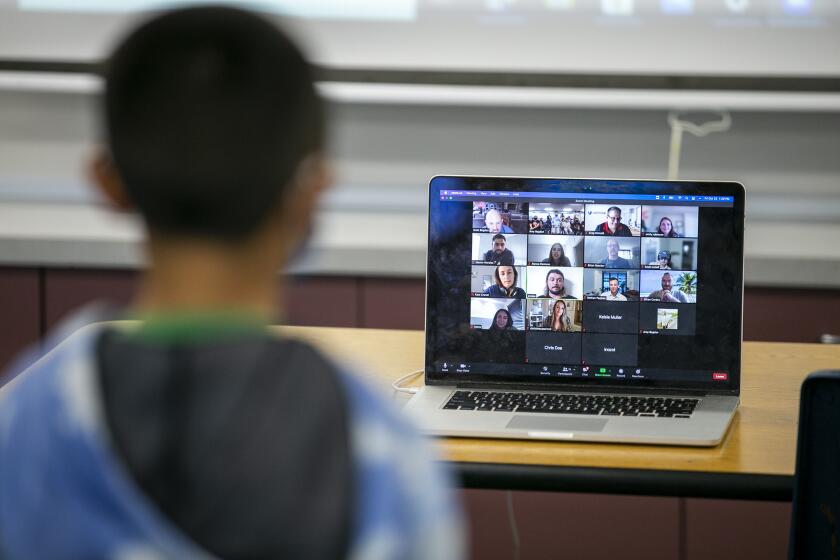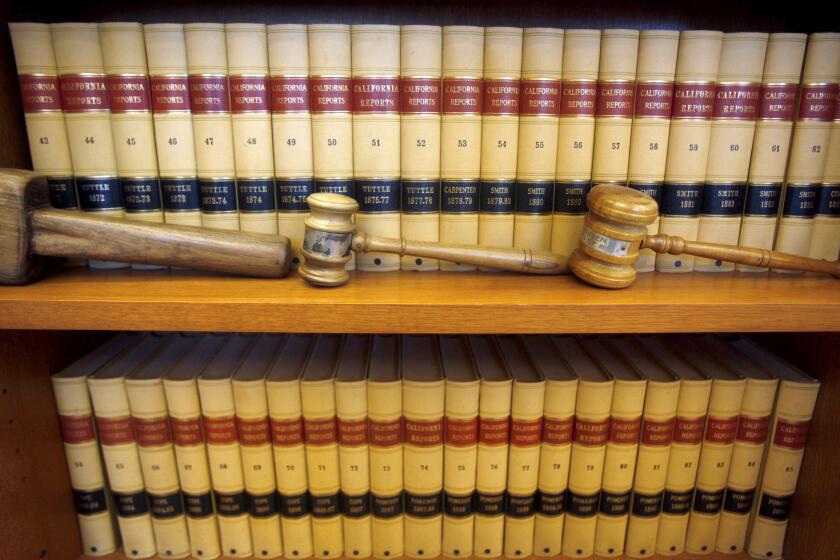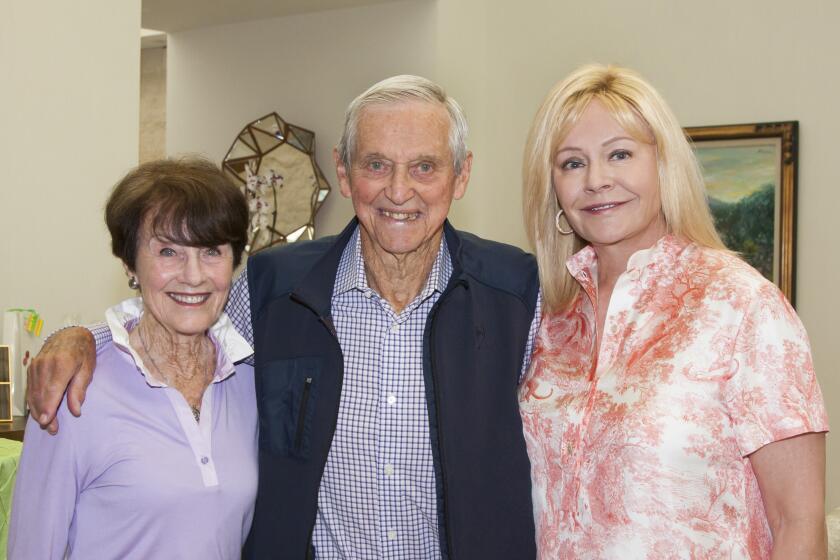Column: Don’t let power grab determine school voting boundaries
The Newport-Mesa Unified School District board of trustees will decide Oct. 17 on a new boundary map that will adjust the areas that board members represent.
Before you nod off or move on to other, more scintillating news, bear with me for a moment. Although this change will not affect school attendance boundaries — likely the primary concern of most constituents — the redrawing of trustee boundaries is an important issue that could have significant impact on the future of Costa Mesa and Newport Beach schools.
First, a little background.
The district’s trustee-area boundaries haven’t changed since NMUSD was first formed in 1966. During the five decades since, the population in some areas, such as Newport Coast, has ballooned. The seven original zones are now severely out of balance, with population sizes ranging from about 16,500 to more than 46,000.
Demographics have shifted in other ways, most notably in Westside Costa Mesa, which is now predominantly Latino.
What’s more, NMUSD has until now used an at-large voting system, meaning that all seven trustees have historically been elected by voters from throughout the entire district, even though they represent just one area within the district. As a result, the board over the years has remained stubbornly homogenous — i.e., white and middle-aged or older — despite an increasingly diverse electorate.
Obviously, this state of affairs could not stand forever. The impetus for change came about in the form of a lawsuit that contended that NMUSD’s voting system violated the California Voting Rights Act and prevented Latinos from electing a representative of their choice.
What we are now seeing is a result of a settlement of that lawsuit.
The at-large voting is being scrapped in favor of a system in which trustees are elected by voters in the areas they represent.
To address the boundary issue, Supt. Fred Navarro employed the services of DecisionInsite, an Irvine-based demographic consulting firm. He also appointed an independent committee to study the three options for new boundaries — Maps A, B and C — that DecisionInsite developed.
The committee unanimously voted for Map B as the best solution.
But this being NMUSD, a district routinely beset with discord and controversy, the story doesn’t end there. The board decided that Map B had some flaws, and asked the district to come up with yet another alternative on its own, without input from either the committee or DecisionInsite.
Thus, Map G was born.
So we now have a battle between advocates of the two competing maps. On one side are the committee members — at least some of whom feel confused and betrayed by the board’s actions — as well as a vocal group of board critics who see the emergence of Map G as another instance of the trustees engaging in a tone-deaf response to the needs of the community.
On the other side are the proponents of Map G, including board President Karen Yelsey, who told me that Map G “better represents where schools are and where natural boundaries are.”
It “better balances the areas of interest and keeps communities together,” she said.
When I asked her about the opposition to Map G, Yelsey replied, “I really don’t get it. I don’t think they’ve looked at the streets and boundaries.”
I also spoke with Costa Mesa resident Ashley Anderson, who served on the boundary committee that chose Map B. Anderson, a former teacher who now works for an educational nonprofit, sees it quite differently than Yelsey, and argues that Map B does a far better job of respecting neighborhoods and following natural boundaries.
She said that Map G would split up the Victoria Elementary “community of interest.”
The biggest argument is over the fate of Area 7 in Westside Costa Mesa. One of the priorities of the map-redrawing process is to ensure that Latino votes are no longer diluted. This would be achieved by making Area 7 a so-called majority-minority area. Presumably that would lead to greater diversity on the board in the future.
Map G would make Area 7 smaller both in geographic size and in population than Map B. Yelsey contends that this option would still meet the objective, as the proportion of Latino voters in the zone would actually increase.
But Anderson and others suspect another motive for board members supporting Map G: gerrymandering.
Anderson said that Map B would put Yelsey, who currently represents Area 4, and board member Judy Franco, from Area 5, in the same area.
“I would say it’s the predominant issue as to why they don’t want B.”
It would be tempting to downplay the significance of the current boundary debate because the boundaries will likely be adjusted again after the results of the 2020 census are known. But the map that’s chosen on Tuesday will be in effect for the 2018 election, and it will likely influence how future boundaries are decided.
It matters.
The two competing maps are posted on the district’s website. Check them out, then decide for yourself. And then I urge you to contact your board member to voice your opinion.
The trustees are our representatives. They are meant to reflect us and our priorities in the running of the district. Let’s make sure that happens.
PATRICE APODACA is a former Newport-Mesa public school parent and former Los Angeles Times staff writer. She lives in Newport Beach.
All the latest on Orange County from Orange County.
Get our free TimesOC newsletter.
You may occasionally receive promotional content from the Daily Pilot.




